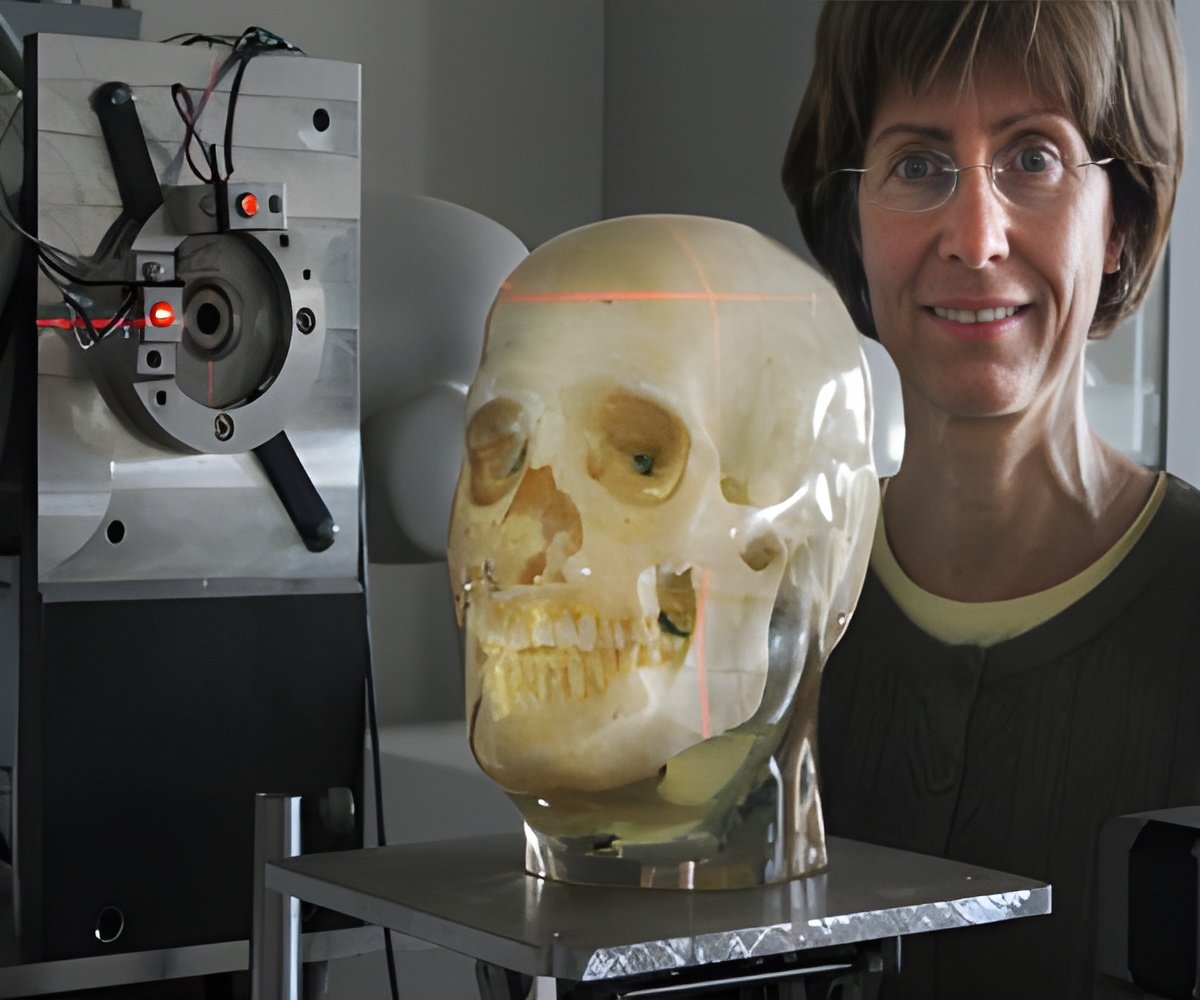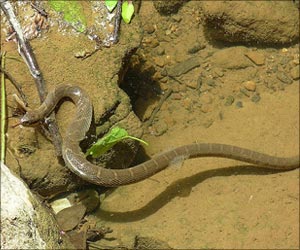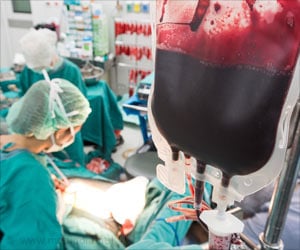
‘In craniovertebral junction, a disease common in India, the region consists of the occipital bone that forms the base of the skull and the first two bones of the spine which are in the neck called the atlas and axis.’
Tweet it Now
According to doctors, such abnormalities can often prove to be life threatening as nerves inside the spinal cord leading to the brain and the brain stem get damaged or squeezed during surgery. Doctors at city based Sir Ganga Ram Hospital (SGRH) said when the child was diagnosed with the CVJ disorder last year, he was unable to move or lift his legs. The patient would often have a stiff neck, heaviness of the head along with respiratory problems.
"He was way too young to be operated for such a complex decompression and fusion surgery in craniovertebral region. Though complicated, the surgery is the last resort and only hope for survival of such advanced cases," said Satnam Singh Chhabra, head of neuro surgery department at SGRH.
In CVJ, a disease common in India, the region consists of the occipital bone that forms the base of the skull and the first two bones of the spine which are in the neck called the atlas and axis.
Chhabra said usually such congenital cases become worse over the years either due to some injury, accident or trauma which leads to further progression of symptoms thereby worsening the patient's condition.
Advertisement
"Today, after almost a year of his surgery, Rahul has not just recovered well, but is able to walk around without any help/support, and is leading a normal life. His parents too are relieved to see their young boy moving around like other children of his age group," said Chhabra.
Advertisement
"Any delay in treatment can cause permanent disability. Generally diagnosis of the condition is based on physical examination, and confirmatory tests like magnetic resonance imaging (MRI) dynamic and static views, or computed tomography (CT) scans and lateral view of X-Ray," said Chhabra.
Source-IANS










